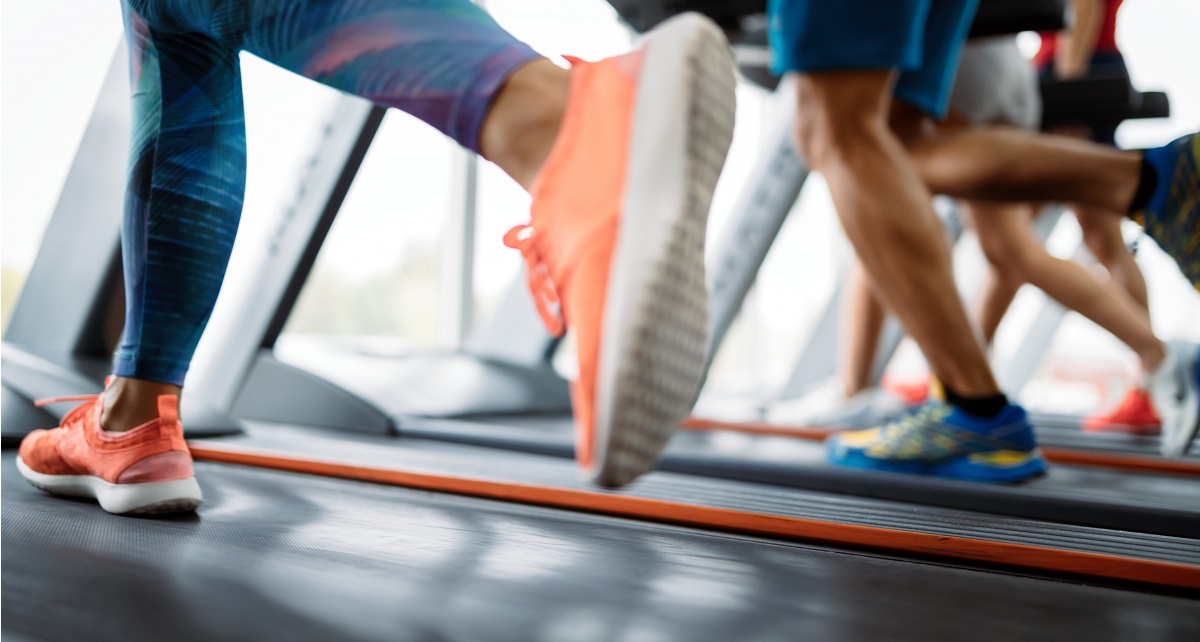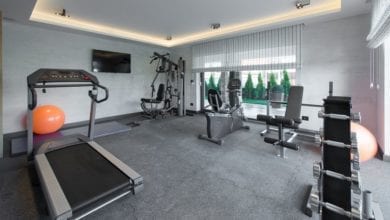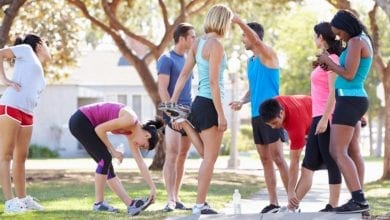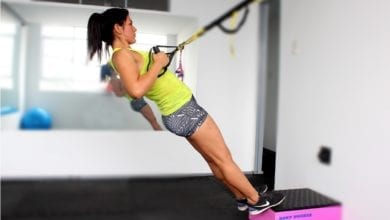
Our Editors independently research, test, and rate what we feel are the best products. We use affiliate links and may receive a small commission on purchases.
If you’re training for a race, there’s a good chance you may not have the ideal training conditions available to you all the time. Or perhaps cold weather or even extreme heat is preventing you from working out outdoors.
This may seem like a downside or like you may not be able to train properly, but this couldn’t be further from the truth! What you need is a treadmill and know how to use it to effectively help you train for a race.
Benefits of Training on a Treadmill
Training for race day on a treadmill is actually incredibly beneficial in a variety of different ways. Let’s take a look at some of the biggest benefits.
- Bad Weather: If your area is getting some bad weather, it’s pretty tough to prepare for a race properly. For example, if your race is in the spring and you’re in the dead of winter, it’s also going to be tough as your body is going to get used to running in certain conditions. Running in the warm inside of your home is likely much more similar to spring weather in your city than the frigid cold.Adding onto that, if you get rough winters, there will be times when it’s simply not a smart idea to go running outside. The temperatures may be far too low, the ground too slippery, etc.
- Try Out Your Clothing: Once again, if your race is in a warmer season than you’re presently in, you’re not going to be able to try on your race day outfits. Running on a treadmill will allow you to do so.
- Practice: The most obvious of the benefits, is you’ll obviously be able to practice and prepare. This means preparing for mental challenges if you’re running long distances, practicing good running form, and also help simulate your actual running conditions that you’ll encounter along the race.
- Safety: If you’re only able to run at night, this could present safety issues like running in the dark. Running indoors is much safer in these cases.
Types of Training on Treadmills
Let’s cover the two different types of treadmills and the benefits each one offers.
Automatic Treadmills
Automatic treadmills are what most of us have used at gyms before. They’re the ones which let you enter in the exact pace and incline you’d like, as well as the time you’d like to run for. With that being said, they’re great for workouts which demand a certain time, such as:
- Speed interval training: These workouts are where you’ll run faster at shorter intervals, and then walk or jog for a bit longer, repeating until you’ve finished the time frame you’ve set for yourself. For example, you will jog for 1 minute, all out sprint for 30 seconds, and repeat until you’ve worked out for 30 minutes.
- Hill interval training: This is just like the speed interval training, but instead of speed, you’re going to be adjusting the level of incline. Your recovery period will be on a flat or reduced incline, while the “all out sprinting” will instead by at a greater incline.
- Tempo runs: These runs involve moving at a difficult but steady pace for a certain amount of time or distance.
Manual Treadmills
Manual treadmills are much less common, however, are quickly growing in popularity. Many of the bigger health clubs are now offering them as options alongside automatic treadmills. They do not include the option to enter in your preferred time, speed, or incline. Instead, you step onto the belt, and push it yourself instead of the motor doing that for you.
Some models do not have a curve, while others do to provide added endurance and stamina benefits. The belt on both is designed to continue moving due to the energy you’re putting into moving it, along with momentum.
These, as you can imagine, can offer incredible benefits to the body due to the added exertion you must put forth just in order to keep the belt moving. It’s a great way to increase strength, lose body fat, and obviously train for races.
Training for Races
While we enjoy both types and they each have their place, for most runners, they find it helpful to try and emulate race day as close as possible. For example, if you plan on drinking water every 10 minutes during your race, do this on your treadmill while training as well.
Some sites and apps like mapmyrun.com and hillrunner.com will offer you the detailed topography of tons of race courses throughout the country. This will let you print out the elevation chart with the gradient, so you can try to match its terrain with your treadmill. This is incredibly helpful and will allow you to practice keeping pace.
You can easily practice your target marathon/race pace on your treadmill as you’ll be able to set time limits so you know how to set tempo.
Mix Treadmill and Outdoor Training
Obviously, you don’t want to just train on the treadmill leading up to race day. Try to look up your local weather forecast for the week and plan when you’ll run outdoors, depending on which days are approximated to have the nicest weather.
If you don’t want to do all of your day’s run outside, you could even do half indoors on your treadmill, and the other half outside. This could help break up the monotony a bit while still allowing your body to get more acclimated to running on trails or roads.
Summary
Now that you’ve had the chance to read through all of our tips for how running on a treadmill can help prepare you for race day, do you feel more confident? While there are a lot of assumptions and misinformation out there, the truth is that treadmills are incredible preparation tools when used correctly. We hope our guide has been able to help give you ideas of how to get your body in race-ready shape, as well as prepare you mentally. Thanks for tuning in, and we’ll see you again soon!




